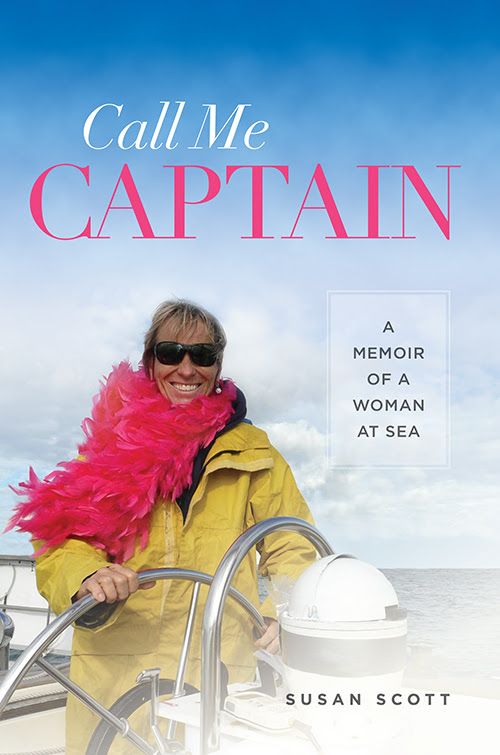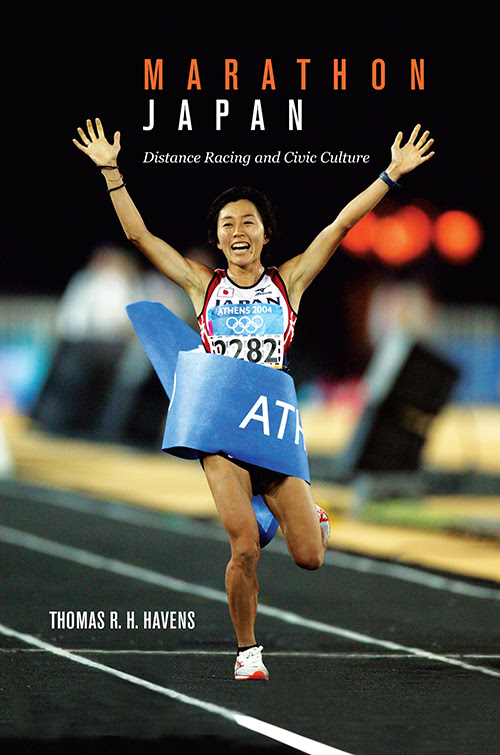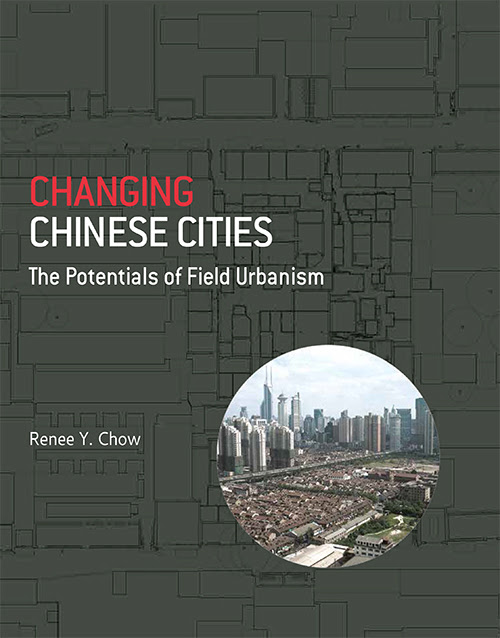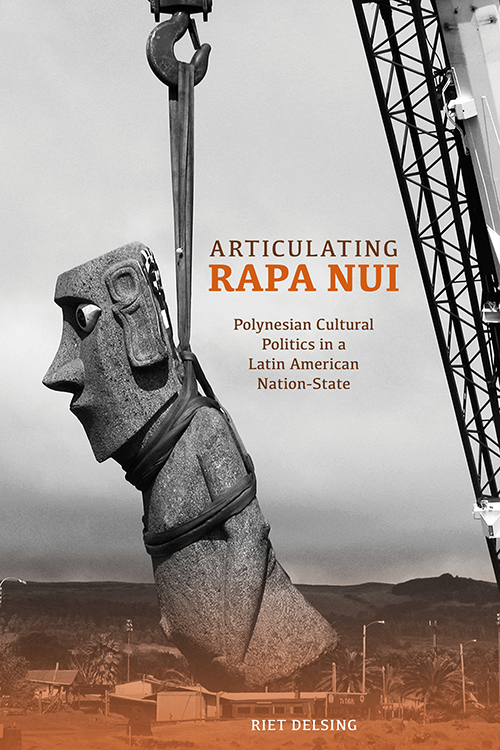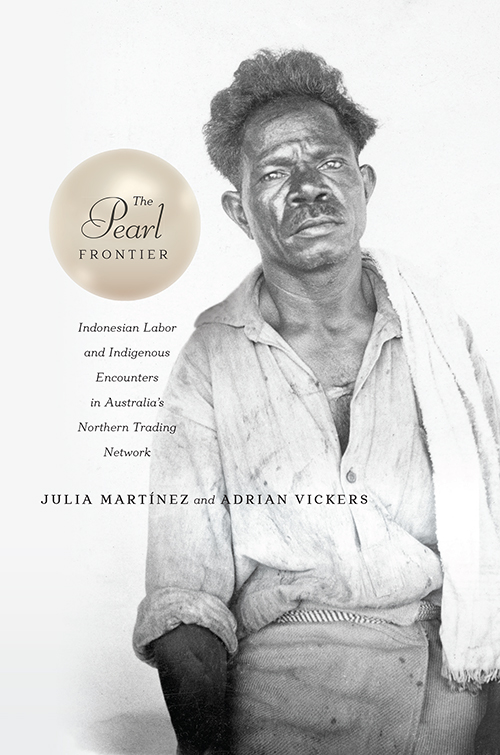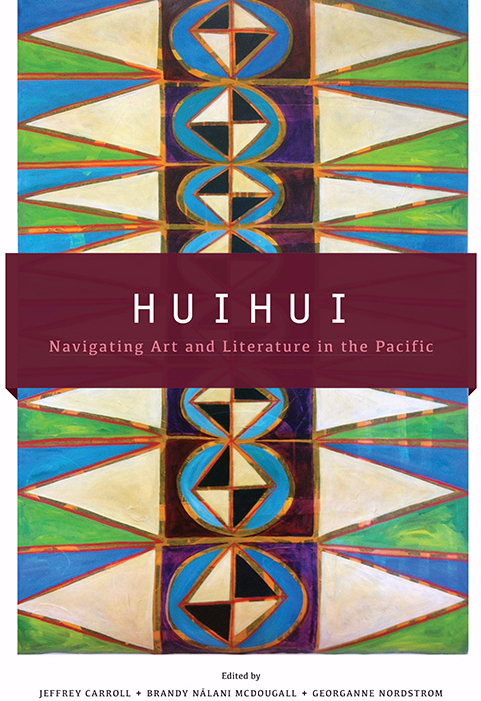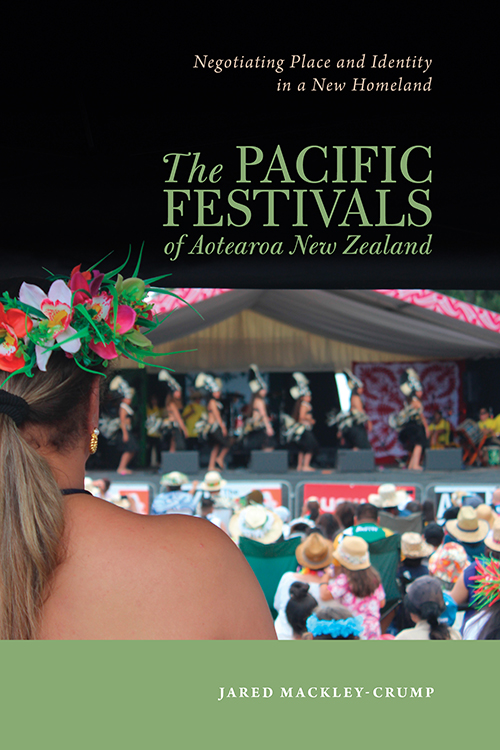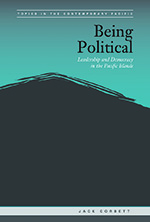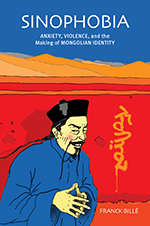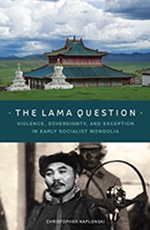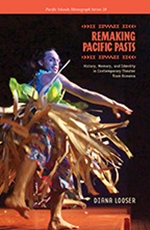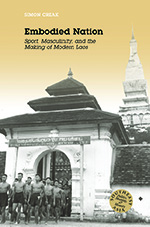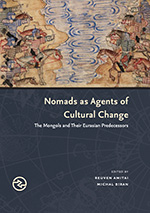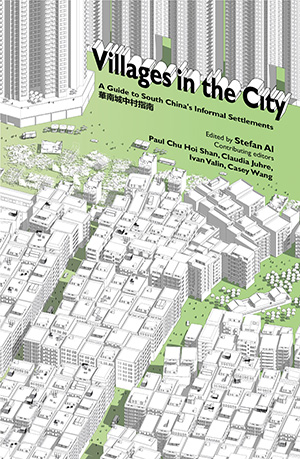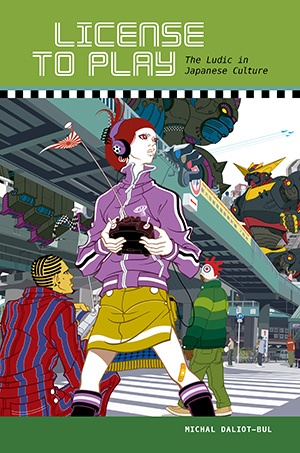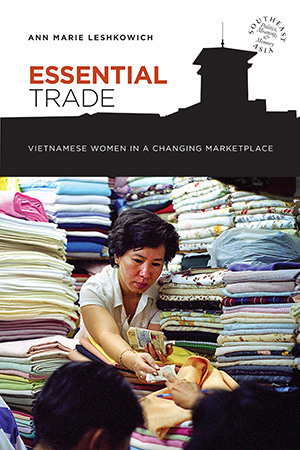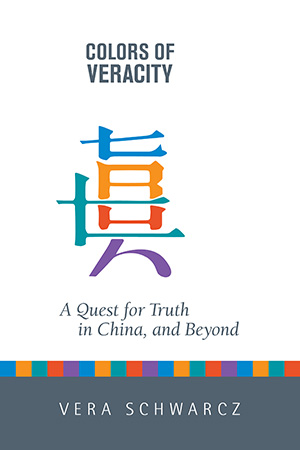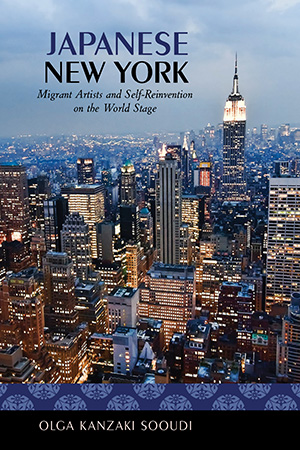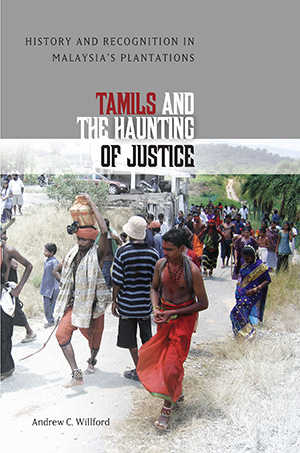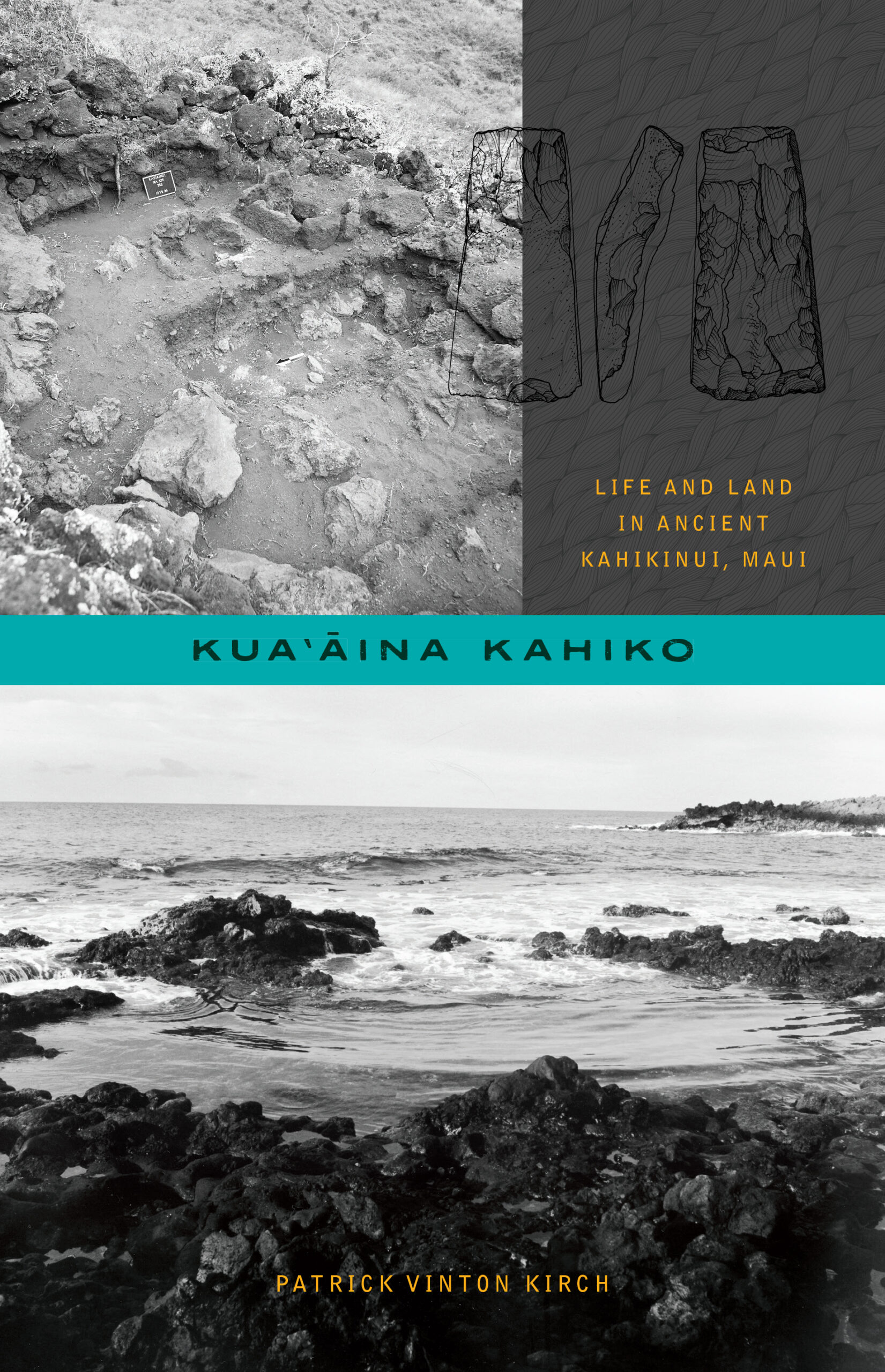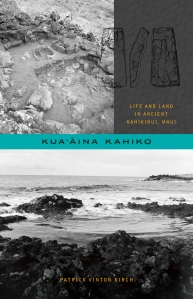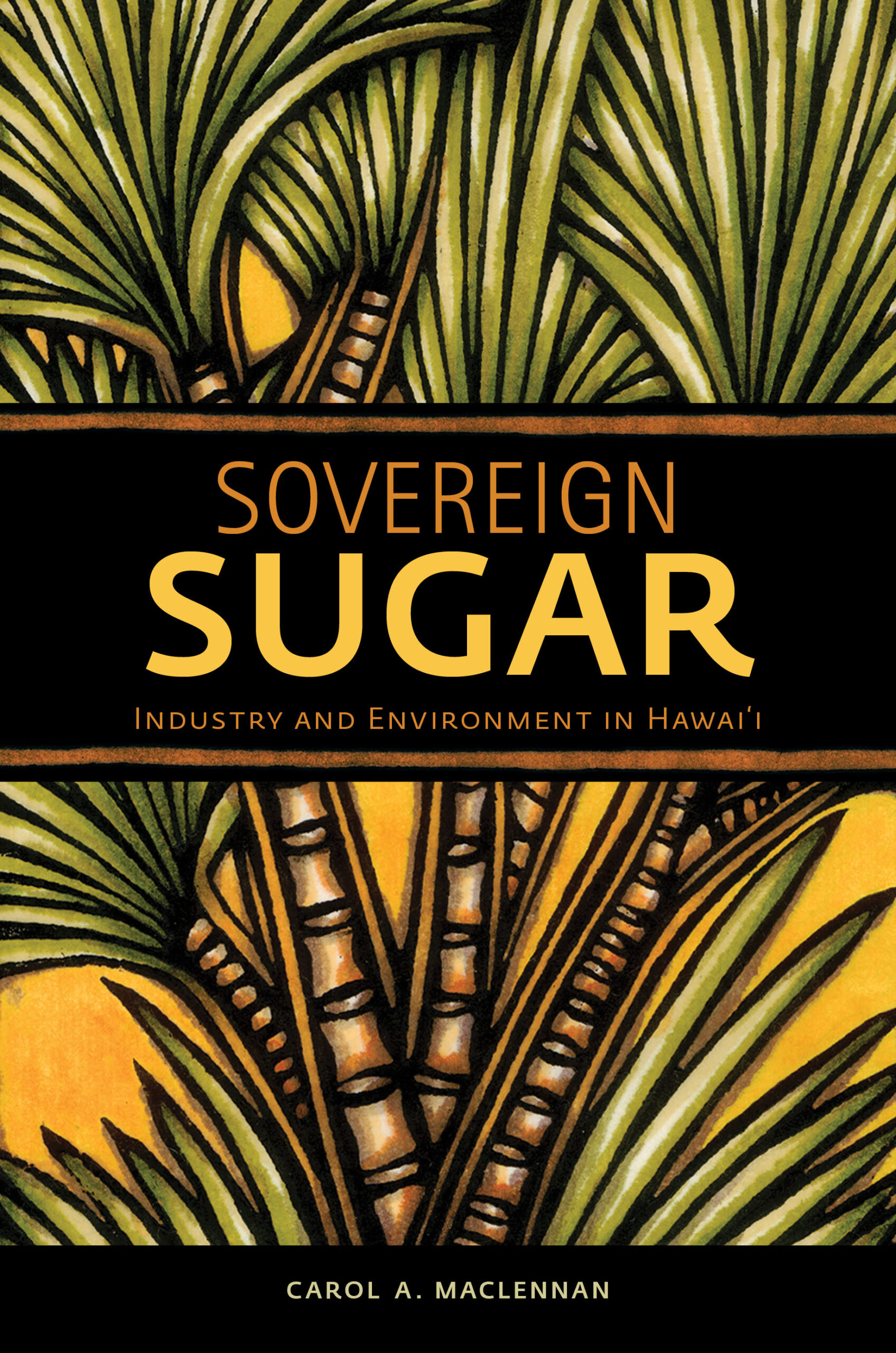When it comes to listing events, we can’t miss first mentioning our exhibit booth at the Association for Asian Studies annual conference taking place March 16–19 in Toronto. Acquisitions editors Pamela Kelley and Stephanie Chun, and marketing managers Royden Muranaka and Steven Hirashima make up our staffing contingent at this important meeting, which is attended by numerous UHP authors (and prospective authors) of Asian studies titles.
Below is the current lineup of author appearances scheduled for the coming weeks—including a couple already past—mostly for our Hawai‘i-related titles. Unless otherwise noted, these events are free and the public is invited to attend; books will be available for sale and signing.
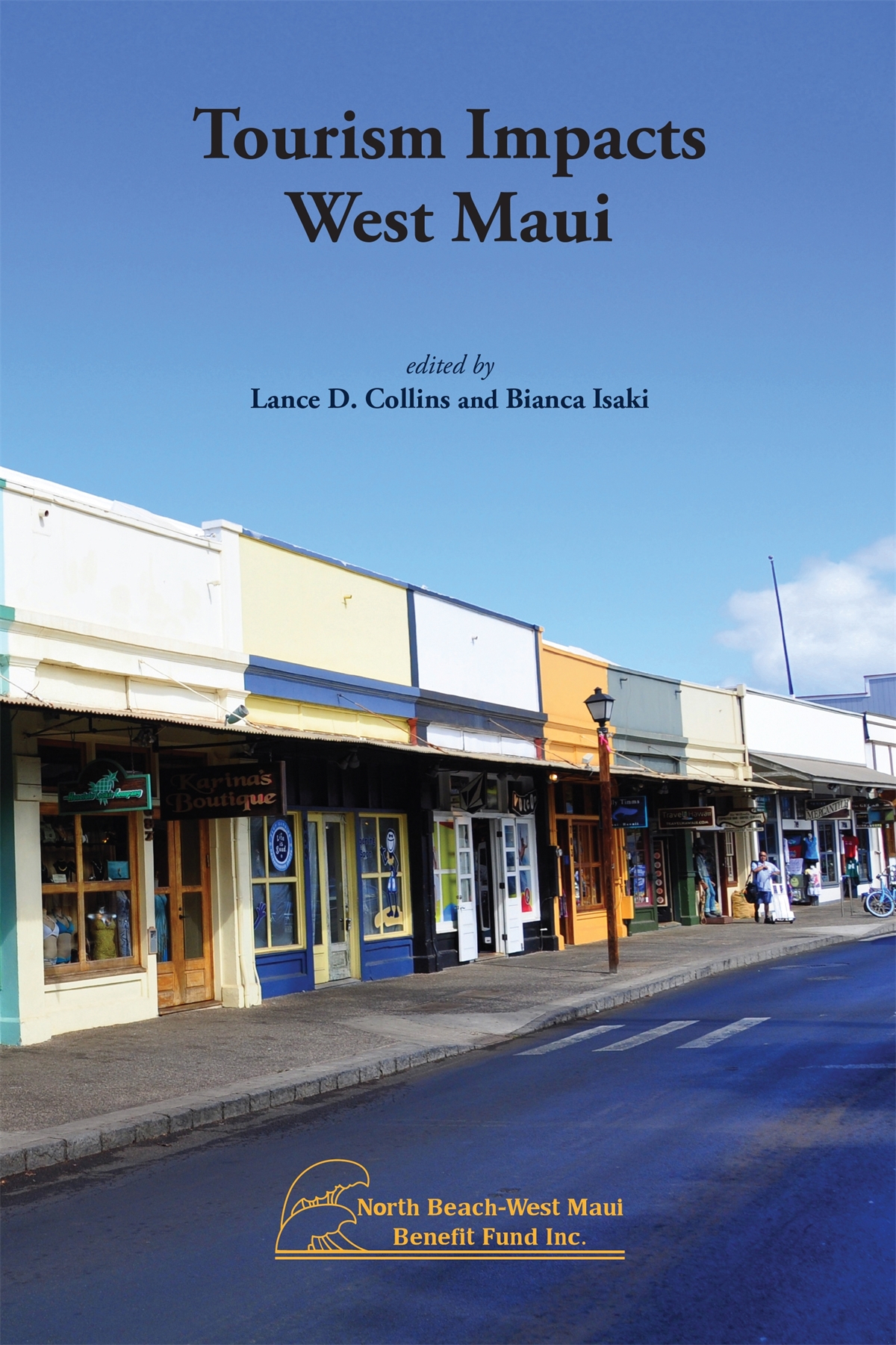 Wednesday, March 15, 3:30 to 5:30 pm, at the Faculty Center, Chaminade University, 201 Eiben Hall
Wednesday, March 15, 3:30 to 5:30 pm, at the Faculty Center, Chaminade University, 201 Eiben Hall
Chapter contributors Jonathan Dial, Bianca Isaki, and Brian Richardson will speak on the issues addressed in Tourism Impacts West Maui, the latest book from North Beach-West Maui Benefit Fund Inc., distributed by UH Press.
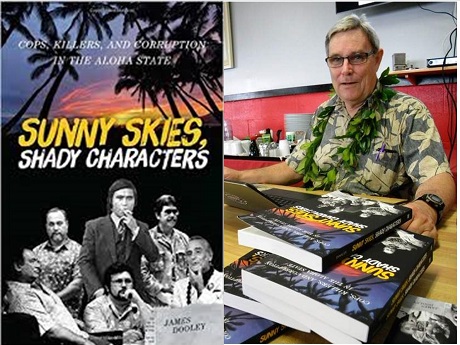 Wednesday, March 15, 6:00 to 7:30 pm, at Waianae Public Library (85-625 Farrington Hwy)
Wednesday, March 15, 6:00 to 7:30 pm, at Waianae Public Library (85-625 Farrington Hwy)Former investigative reporter Jim Dooley will give an illustrated talk about the lively behind-the-headlines stories in his book, Sunny Skies, Shady Characters. See more details on the Hawaiʻi State Public Library System site.
Hawai‘i’s Kōlea coauthors Oscar “Wally” Johnson and Susan Scott will give a slideshow presentation on the amazing migratory bird at the Volcano Art Center Niaulani campus. While the event is free, a $5 donation would be appreciated. See more details on the VAC website. Wally leaves the next day to return to Montana, while Susan will stay on to do a signing on Saturday at Basically Books, before heading home to O‘ahu.
Thursday, March 23, 2017, 7:00 pm, Ciné in Athens, Georgia (234 W Hancock Avenue)
UH Mānoa creative writing professor Rodney Morales heads to the Deep South to do a reading of his latest novel, For A Song. His visit is hosted by the University of Georgia Creative Writing Program and books will be sold by Avid Bookshop.
Saturday, March 25, three separate events in 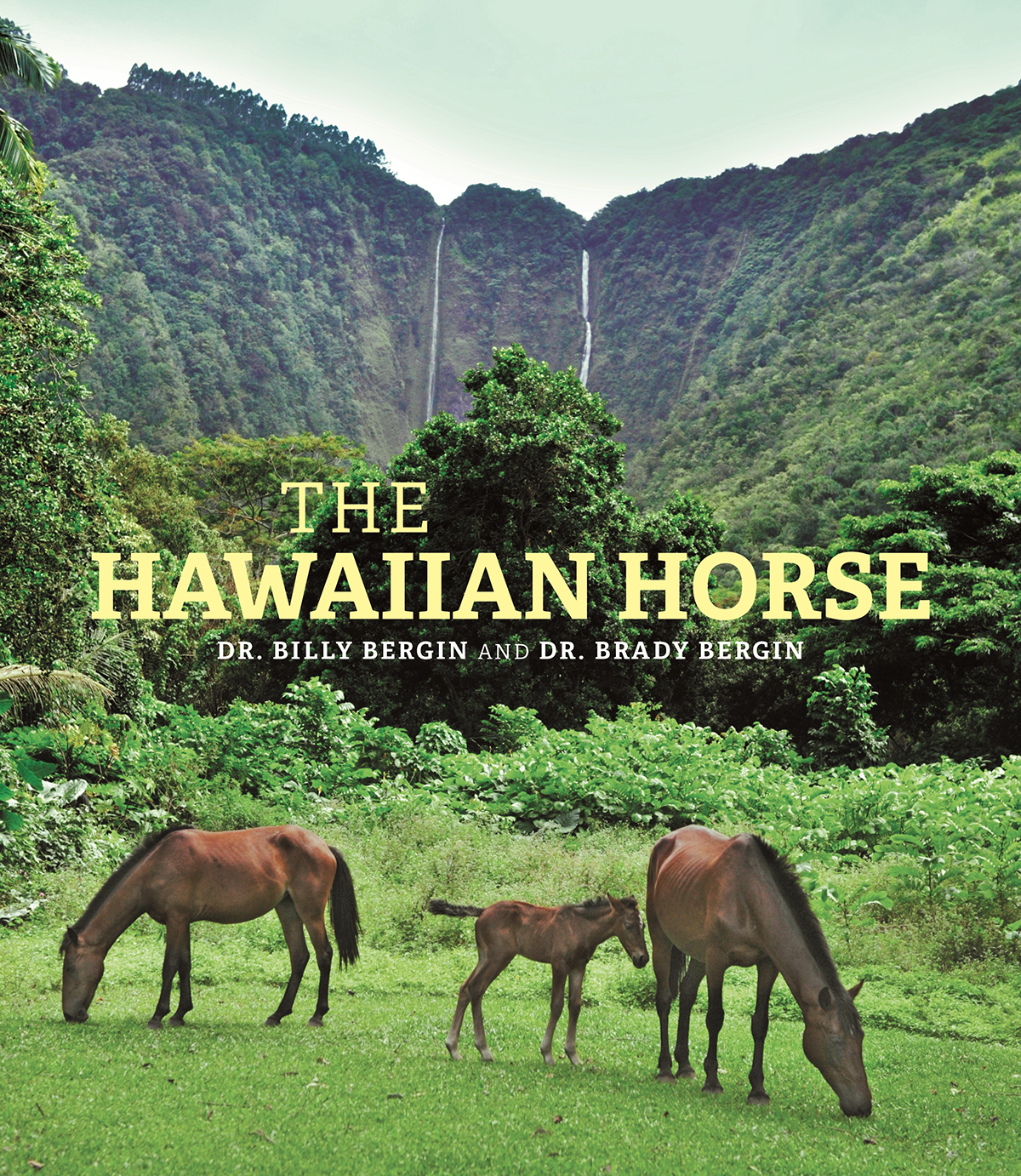 Kamuela and Hilo on the Big Island of Hawai‘i
Kamuela and Hilo on the Big Island of Hawai‘i
Dr. Billy Bergin and his son Dr. Brady Bergin, both respected equine veterinarians, will do a marathon book launch and signings for their new book, The Hawaiian Horse. The schedule and locations include:
• 1:00 to 2:45 pm, Basically Books, 160 Kamehameha Avenue, Hilo (phone 808-961-0144). Includes a short talk.
• 3:00 to 4:30 pm, Lyman Museum, 276 Haili Street, Hilo (phone 808-935-5021). The authors will do a talk as part of the museum’s Patricia E. Saigo series of public programs. The cost is free for museum members and $3.00 for nonmembers. Read more on the event here.
Saturday, April 1, starting at 2:00 pm, Hawaii Japanese Center, Hilo (751 Kanoelehua Avenue)
Hawaii Japanese Center, in partnership with the Japanese Cultural Center of Hawai‘i, presents a program based around author Barbara Kawakami and her recent book, Picture Bride Stories, which was recently announced as the winner of the Asian/Pacific American Librarians (APALA) Literature Award for adult nonfiction (the award will be presented in June) . The HJC program will include a dance performance of holehole bushi and a screening of excerpts from the Rice & Roses television series that previously aired on PBS Hawai‘i. See complete details on the HJC flyer.
Thursday, April 13, 12 noon to 1:15 pm, Kuykendall Hall 410, UH Mānoa
At this Brown Bag series sponsored by the Center for Biographical Research, David Hanlon‘s talk, “‘You Did What, Mr. President?!?!’ Writing a Biography of the Federated States of Micronesia’s Tosiwa Nakayama” explores his work behind Making Micronesia.
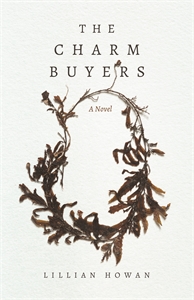 Saturday, April 22, 12 noon to 4:oo pm, Santa Rosa City Hall (100 Santa Rosa Avenue)
Saturday, April 22, 12 noon to 4:oo pm, Santa Rosa City Hall (100 Santa Rosa Avenue)Isles of Amnesia: Mark Rauzon on guano, rats, and military secrets of the Marine National Monuments
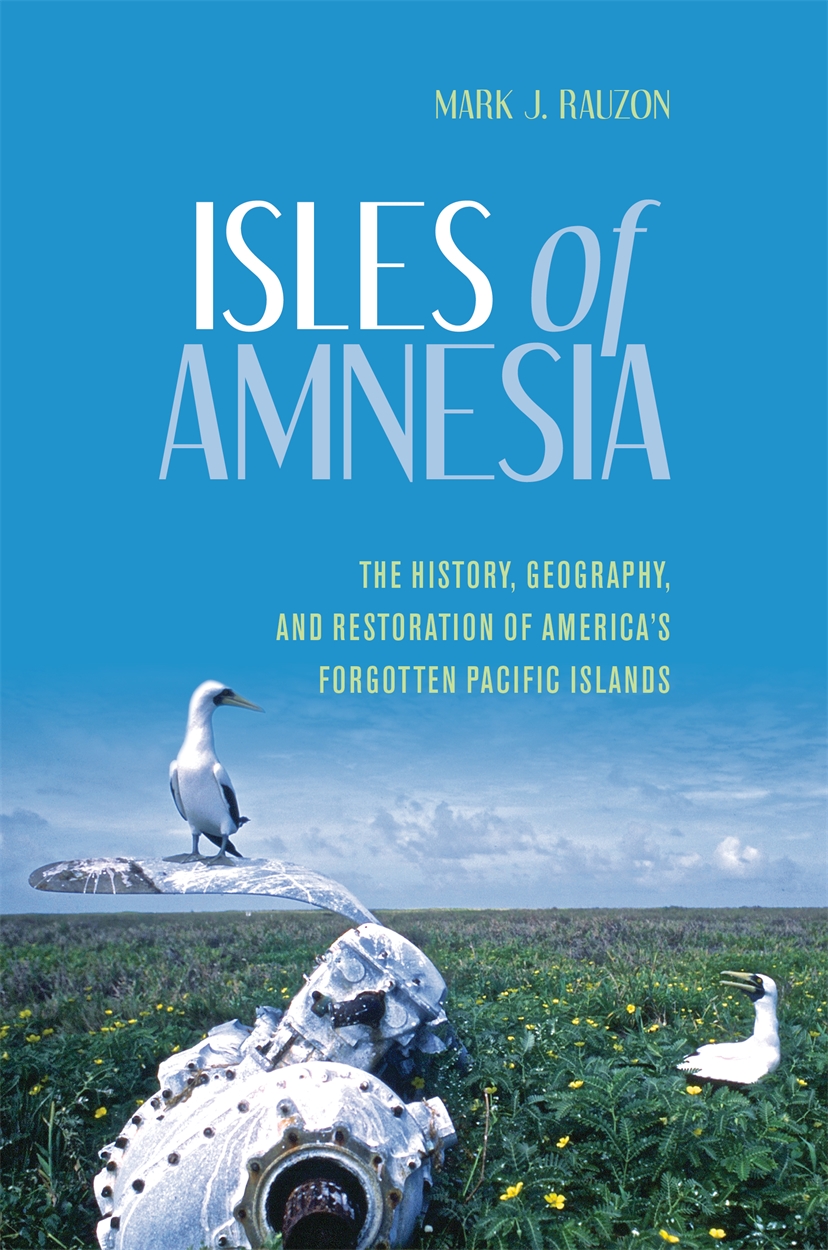 An article in JSTOR Daily by Juliet Lamb shares some of Mark Rauzon’s perspectives about the 1960s Pacific Ocean Biological Survey Program expedition to remote US islands in the Pacific. Rauzon explores the history of this and other little-known incidents in his recent book, Isles of Amnesia: The History, Geography, and Restoration of America’s Forgotten Pacific Islands.
An article in JSTOR Daily by Juliet Lamb shares some of Mark Rauzon’s perspectives about the 1960s Pacific Ocean Biological Survey Program expedition to remote US islands in the Pacific. Rauzon explores the history of this and other little-known incidents in his recent book, Isles of Amnesia: The History, Geography, and Restoration of America’s Forgotten Pacific Islands.
“Biologist Mark Rauzon, who spent many years studying documents related to the Pacific Project, has come to understand that the scientists themselves may have been guinea pigs for defense tests. Over fifty germ warfare tests were conducted in the Pacific during the 1960s, with substances ranging from harmless bacteria to rabbit fever. In the course of the tests, passengers on Pacific Project ships, which transported both military personnel and associated biologists, were exposed to harsh chemical cleansers, and the “harmless” bacteria have since been linked to a variety of debilitating conditions. Veterans who suffered adverse effects have been unsuccessful in requesting government compensation. Though no POBSP personnel have reported health effects, many may have been exposed. Rauzon’s efforts led to the release of many of the military’s documents related to the project, but complete records may never be provided.”
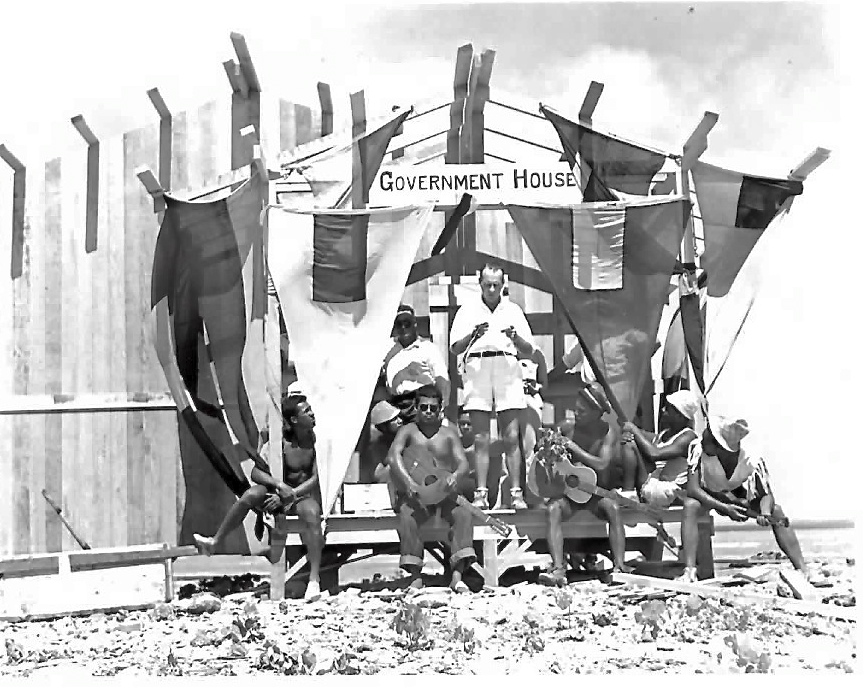
Read more on this in Rauzon’s 2006 essay, “Live Ammo: Testing of Biochemical Agents on U.S. Sailors,” that appeared in The Asia-Pacific Journal.
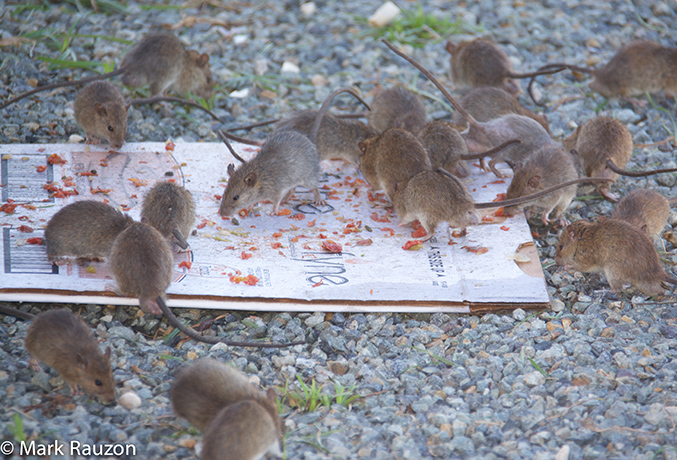
Isles of Amnesia makes Library Journal‘s 2016 top 20 bestselling books on biology.
Isles of Amnesia:
The History, Geography, and Restoration of America’s Forgotten Pacific Islands
by Mark J. Rauzon
A Latitude 20 Book | 2016 | 288 pages | 71 b&w illus.
Paperback | ISBN 978-0-8248-4679-4 | $24.99
James Dooley’s Sunny Skies, Shady Characters Triggers Memories and Discussion
NEW RELEASE | AUTHOR EVENTS (see updates below)
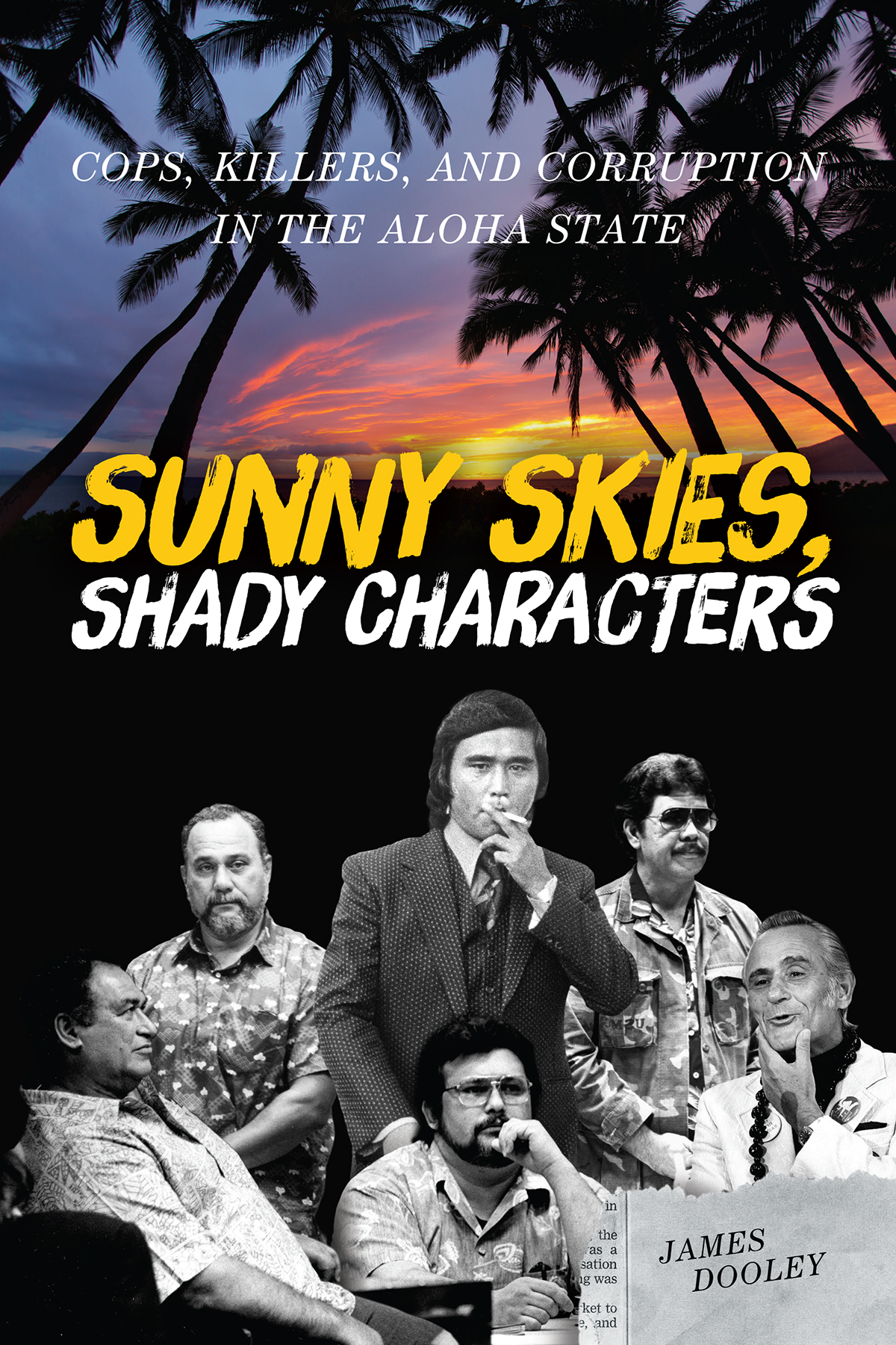 Sunny Skies, Shady Characters: Cops, Killers, and Corruption in the Aloha State
Sunny Skies, Shady Characters: Cops, Killers, and Corruption in the Aloha State
by James Dooley
A Latitude 20 Book | August 2015 | 248 pages | 20 b&w illlus.
Paper | ISBN 978-0-8248-5164-4 | $18.99
(Also available as an ebook/Kindle)
“Sunny Skies, Shady Characters by James Dooley—Hawaii’s bravest investigative reporter—recounts the secret history of Hawaii that all of us have been waiting for: a book of shocking revelations, featuring a cast of thieves, heavies, enforcers, and yakuza thugs and sneaks who have so intimidated the islands that the truth of their villainy has been suppressed—until now. At last, we know where the bodies are buried, and who buried them.” —Paul Theroux
“The stories recounted here were once front-page news and they lose none of their timeliness in the translation into a book. For those who lived through those times, the book is an opportunity to recall the scandals and scoundrels that infested Hawai‘i, and for those too young to remember, it is a reminder of why a vigilant press is an essential ingredient to an informed public.” —Gerald Kato, associate professor of journalism, University of Hawai‘i at Mānoa
Veteran investigative reporter James Dooley revisits highlights of his journalistic career in Sunny Skies, Shady Characters, revealing entertaining backstories on how he chased high-profile scandals of crime and corruption from the 1970s into the 2000s. In the process, he provides an insider’s look at the business of journalism and the craft of investigative reporting. For a glimpse at the people and cases he covers, take a look at the book’s index here.
Although warehouse stock has only just arrived in Hawai‘i, the book has already triggered memories and discussion due to early media attention, especially preview excerpts that appeared in the August issue of HONOLULU Magazine (released in late July). Civil Beat columnist Neal Milner wrote last week, “As Dooley shows, some of the corruption in Hawaii, like [Ronnie] Ching himself, was bloody and sinister, involving the Mob, Yakuza, and pitched battles between rival Teamster Union members. Other scandals like the Bishop Estate and Kukui Plaza affairs, may not have involved violence, but in their own way they were as outrageous, crude and blatant as a Mafia hit.” David Shapiro’s book review in Sunday’s Honolulu Star-Advertiser stated, “his greatest hits were darned impressive, and it’ll likely be enough for Sunny Skies, Shady Characters to join the short list of books considered must-reads for those seeking to understand Hawaii.”
EVENTS (most recent listed at the bottom)
• Author James Dooley will give a Center for Biographical Research brown bag talk on Thursday, September 3, noon to 1:15 p.m., in UHM Henke Hall 325.
• Join us for HONOLULU Magazine‘s downtown pau hana talk and book signing on Wednesday, September 16, from 5 to 7 p.m., at the Hukilau restaurant (1088 Bishop Street). Click here for the e-invite.
• On Saturday, October 3, starting at 12 noon, Dooley will sign at Barnes & Noble, Ala Moana Center, following an appearance at the Perry and Price Saturday Morning Show broadcast live from Jade Dynasty restaurant, also at Ala Moana Center.
• Head over to the windward side of O‘ahu on Saturday, October 10, noon to 1 p.m., for a signing at BookEnds in Kailua (Kailua Shopping Center, 600 Kailua Road).
• On Saturday, November 7, Jim Dooley will be one of a dozen authors signing at the Daughters of Hawai‘i’s annual Book Day at Queen Emma. (Another veteran journalist, Denby Fawcett, will be there to sign her book, Secrets of Diamond Head.)
• Dooley joins two other authors (Kusuma Cooray and Leslie Hayashi) at the UH Manoa Bookstore‘s Preview Night, Thursday, November 19, 5 to 7 p.m.
• UH Press is partnering with University of Hawai‘i at Manoa’s Hamilton Library in hosting a new lecture series, Laha Mau Book Talks. Jim Dooley will present the second in the series on Thursday, December 9, starting at 4 p.m. in room 301.
For further details, please check back on this post or contact Carol Abe in the UH Press marketing department.
MEDIA (see also the above links)
• Political analyst Dan Boylan gives high praise to the book in his October 7 MidWeek column. See page 10 of the print replica edition.
• On Thursday, October 8, Jim Dooley was on HPR2’s “Town Square” guest-hosted by Neal Milner. The show aired live at 5 p.m. HST and is now archived for later listening.
• Click the highlighted text to listen to the interview by Chris Vandercook on the August 25 “The Conversation” show on HPR2 and the hourlong discussion on the August 23 Carroll Cox radio show.
UHP in San Francisco | American Library Association Conference
UHP in Berkeley, CA | Bay Area Book Festival
 Bay Area Book Festival
Bay Area Book Festival
Indoor/Outdoor Free Festival
June 6-7 | Downtown Berkeley’s Art District, CA
Find more information here.
———–
Drop by our booth for a great discount on some of our most popular titles!
The Blind Writer: Stories and a Novella
Sameer Pandya
Paper | 978-0-8248-4798-2 | $25.00
Cloth | 978-0-8248-3958-1 | $50.00
Sameer Pandya will be a presenter at the Santa Barbara Writers Conference on Monday, June 8. For more info, click here.
Call Me Captain: A Memoir of a Woman at Sea
Susan Scott
Paper | 978-0-8248-3981-9 | $19.99
Marathon Japan: Distance Racing and Civic Culture
Thomas R. H. Havens
Cloth | 978-0-8248-4101-0 | $47.00
Changing Chinese Cities: The Potentials of Field Urbanism
Renee Y. Chow
Cloth | 978-0-8248-5383-9 | $45.00
UHP in Washington, DC | Native American and Indigenous Studies Association Conference
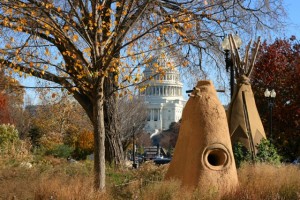 Native American and Indigenous Studies Association
Native American and Indigenous Studies Association
2015 Conference
June 4-6, 2015 | Washington, DC
Find more information here.
Contact [email protected] for an editor meeting
Articulating Rapa Nui: Polynesian Cultural Politics in a Latin American Nation-State
Riet Delsing
304 pages
Cloth | 978-0-8248-5168-2 | $59.00
Huihui: Navigating Art and Literature in the Pacific
Jeffrey Carroll, Brandy Nalani McDougall, and Georganne Nordstrom
320 pages
Paper | 978-0-8248-3895-9 | $29.00
The Pearl Frontier: Indonesian Labor and Indigenous Encounters in Australia’s Northern Trading Network
Julia Martínez and Adrian Vickers
240 pages
Cloth | 978-0-8248-4002-0 | $50.00
The Pacific Festivals of Aotearoa New Zealand: Negotiating Place and Identity in a New Homeland
Jared Mackley-Crump
232 pages
Cloth | 978-0-8248-3871-3 | $58.00
Hawaiian Historical Society hosts UHP author John R. K. Clark
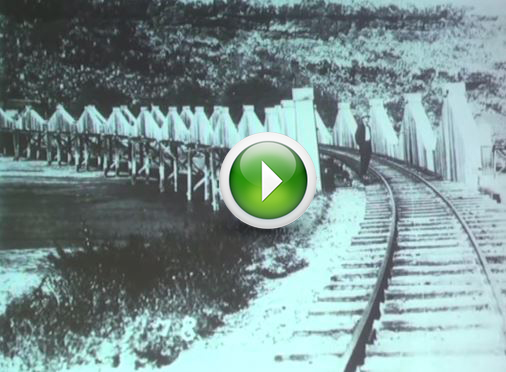
Author John R. K. Clark turns to the Hawaiian newspaper archives to create rich reference guides filled with primary resource accounts of places in Hawai’i — his latest title, North Shore Place Names, comes from a lifelong passion for surfing and fascination with Hawai’i’s home of legendary winter swells. This title is an important example of one of many transitions in research style for scholars of Hawai’i — please take a look at his Hawaiian Historical Society lecture by clicking on the image to the left.
His latest title, North Shore Place Names, can be found on our web store.
New Titles in History and Politics from UHP!
The Lama Question: Violence, Sovereignty, and Exception in Early Socialist Mongolia
Christopher Kaplonski
280 pages
Cloth | 978-0-8248-3856-0 | $54.00
Sinophobia: Anxiety, Violence, and the Making of Mongolian Identity
Franck Bille
272 pages
Cloth | 978-0-8248-3982-6 | $57.00
Being Political: Leadership and Democracy in the Pacific Islands
Jack Corbett
256 pages | Topics in the Contemporary Pacific
Cloth | 978-0-8248-4102-7 | $54.00
Nomads as Agents of Cultural Change: The Mongols and Their Eurasian Predecessors
Edited by Reuven Amitai and Michal Biran
360 pages | Perspectives on the Global Past
Cloth | 978-0-8248-3978-9 | $54.00
Embodied Nation: Sport, Masculinity, and the Making of Modern Laos
Simon Creak
352 pages | Southeast Asia: Politics, Meaning, and Memory
Cloth | 978-0-8248-3889-8 | $54.00
Remaking Pacific Pasts: History, Memory, and Identity in Contemporary Theater from Oceania
Diana Looser
328 pages | Pacific Islands Monograph #28
Cloth | 978-0-8248-3976-5 | $55.00
Economy, Urbanism, and Sociology | New Titles from UHP
Kuaaina Kahiko: Life and Land in Ancient Kahikinui, Maui
In early Hawai‘i, kua‘āina were the hinterlands inhabited by nā kua‘āina, or country folk. Often these were dry, less desirable areas where much skill and hard work were required to wrest a living from the lava landscapes. The ancient district of Kahikinui in southeast Maui is such a kua‘āina and remains one of the largest tracts of undeveloped land in the islands. Named after Tahiti Nui in the Polynesian homeland, its thousands of pristine acres house a treasure trove of archaeological ruins—witnesses to the generations of Hawaiians who made this land their home before it was abandoned in the late nineteenth century.
Kua‘āina Kahiko follows kama‘āina archaeologist Patrick Vinton Kirch on a seventeen-year-long research odyssey to rediscover the ancient patterns of life and land in Kahikinui. Through painstaking archaeological survey and detailed excavations, Kirch and his students uncovered thousands of previously undocumented ruins of houses, trails, agricultural fields, shrines, and temples. Kirch describes how, beginning in the early fifteenth century, Native Hawaiians began to permanently inhabit the rocky lands along the vast southern slope of Haleakalā. Eventually these planters transformed Kahikinui into what has been called the greatest continuous zone of dryland planting in the Hawaiian Islands. He relates other fascinating aspects of life in ancient Kahikinui, such as the capture and use of winter rains to create small wet-farming zones, and decodes the complex system of heiau, showing how the orientations of different temple sites provide clues to the gods to whom they were dedicated.
Kirch examines the sweeping changes that transformed Kahikinui after European contact, including how some maka’āinana families fell victim to unscrupulous land agents. But also woven throughout the book is the saga of Ka ‘Ohana o Kahikinui, a grass-roots group of Native Hawaiians who successfully struggled to regain access to these Hawaiian lands. Rich with ancedotes of Kirch’s personal experiences over years of field research, Kua’āina Kahiko takes the reader into the little-known world of the ancient kua‘āina.
Written by Patrick Vinton Kirch
2014 | 336 pages | 80 illustrations, 5 maps
ISBN: 978-0-8248-3955-0 | $49.00 | Cloth
In Transit: The Formation of a Colonial East Asian Cultural Sphere
 This work examines the creation of an East Asian cultural sphere by the Japanese imperial project in the first half of the twentieth century. It seeks to re-read the “Greater East Asian Co-prosperity Sphere” not as a mere political and ideological concept but as the potential site of a vibrant and productive space that accommodated transcultural interaction and transformation. By reorienting the focus of (post) colonial studies from the macro-narrative of political economy, military institutions, and socio-political dynamics, it uncovers a cultural and personal understanding of life within the Japanese imperial enterprise.
This work examines the creation of an East Asian cultural sphere by the Japanese imperial project in the first half of the twentieth century. It seeks to re-read the “Greater East Asian Co-prosperity Sphere” not as a mere political and ideological concept but as the potential site of a vibrant and productive space that accommodated transcultural interaction and transformation. By reorienting the focus of (post) colonial studies from the macro-narrative of political economy, military institutions, and socio-political dynamics, it uncovers a cultural and personal understanding of life within the Japanese imperial enterprise.
The negative impact of Japanese imperialism on both nations and societies has been amply demonstrated and cannot be denied, but In Transit focuses on the opportunities and unique experiences it afforded a number of extraordinary individuals to provide a fuller picture of Japanese colonial culture. By observing the empire—from Tokyo to remote Mongolia and colonial Taiwan, from the turn of the twentieth century to the postwar era—through the diverse perspectives of gender, the arts, and popular culture, it explores an area of colonial experience that straddles the public and the private, the national and the personal, thereby revealing a new aspect of the colonial condition and its postcolonial implications.
Written by Faye Yuan Kleeman
2014 | 320 pages | 10 illustrations
ISBN: 978-0-8248-3860-7 | $52.00 | Cloth
Sovereign Sugar: Industry and Environment in Hawaii
 Although little remains of Hawai`i’s plantation economy, the sugar industry’s past dominance has created the Hawai`i we see today. Many of the most pressing and controversial issues—urban and resort development, water rights, expansion of suburbs into agriculturally rich lands, pollution from herbicides, invasive species in native forests, an unsustainable economy—can be tied to Hawai`i’s industrial sugar history.
Although little remains of Hawai`i’s plantation economy, the sugar industry’s past dominance has created the Hawai`i we see today. Many of the most pressing and controversial issues—urban and resort development, water rights, expansion of suburbs into agriculturally rich lands, pollution from herbicides, invasive species in native forests, an unsustainable economy—can be tied to Hawai`i’s industrial sugar history.
In Sovereign Sugar, Carol MacLennan unravels the tangled relationship between the sugar industry and Hawai`i’s cultural and natural landscapes. It is the first work to fully examine the complex tapestry of socioeconomic, political, and environmental forces that shaped sugar’s role in Hawai`i. While early Polynesian and European influences on island ecosystems started the process of biological change, plantation agriculture, with its voracious need for land and water, profoundly altered Hawai`i’s landscape.
2014 | 400 pages | 21 illustrations | 4 maps
ISBN: 978-0-8248-3949-9 | $39.00s | Cloth





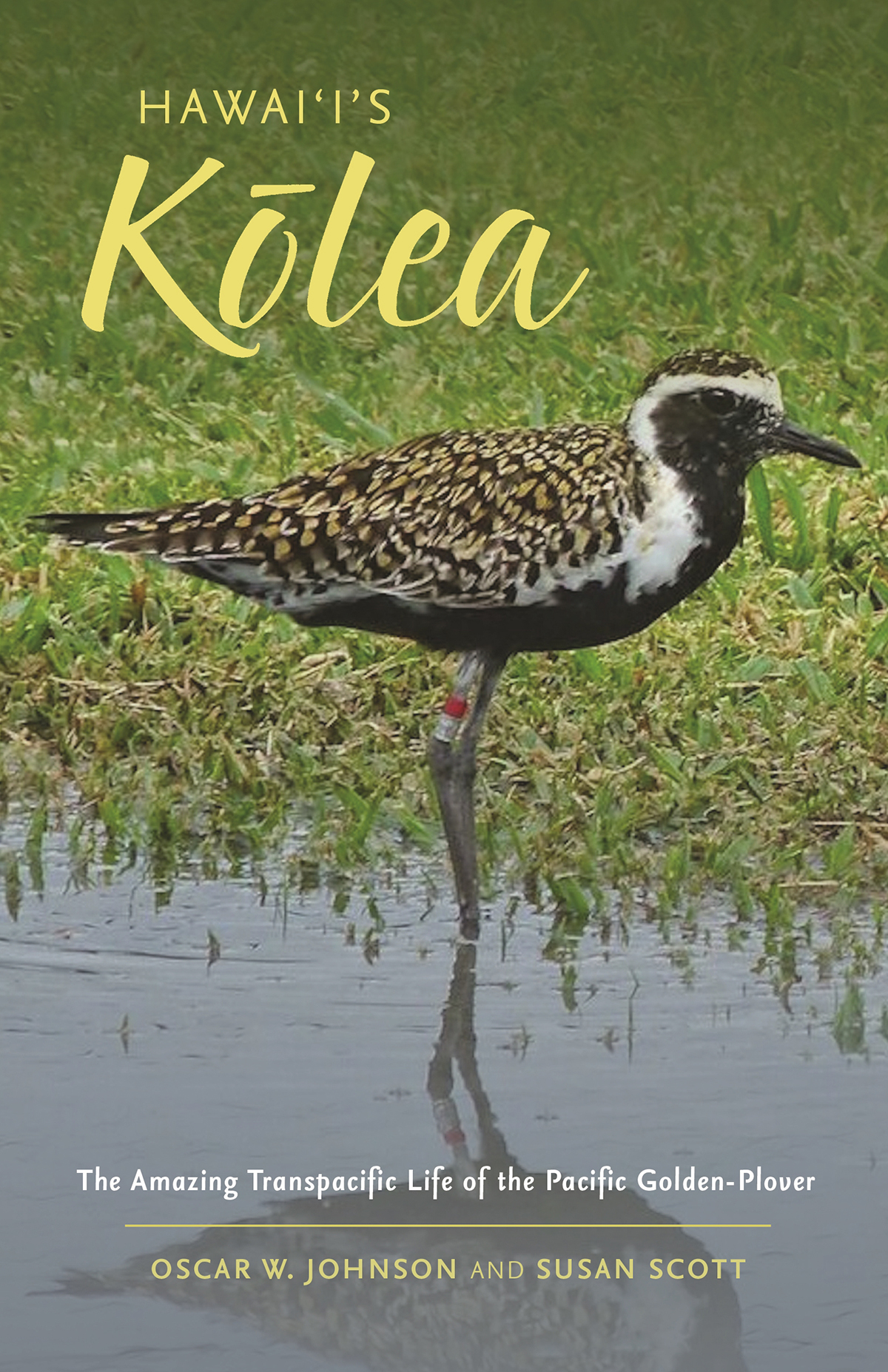
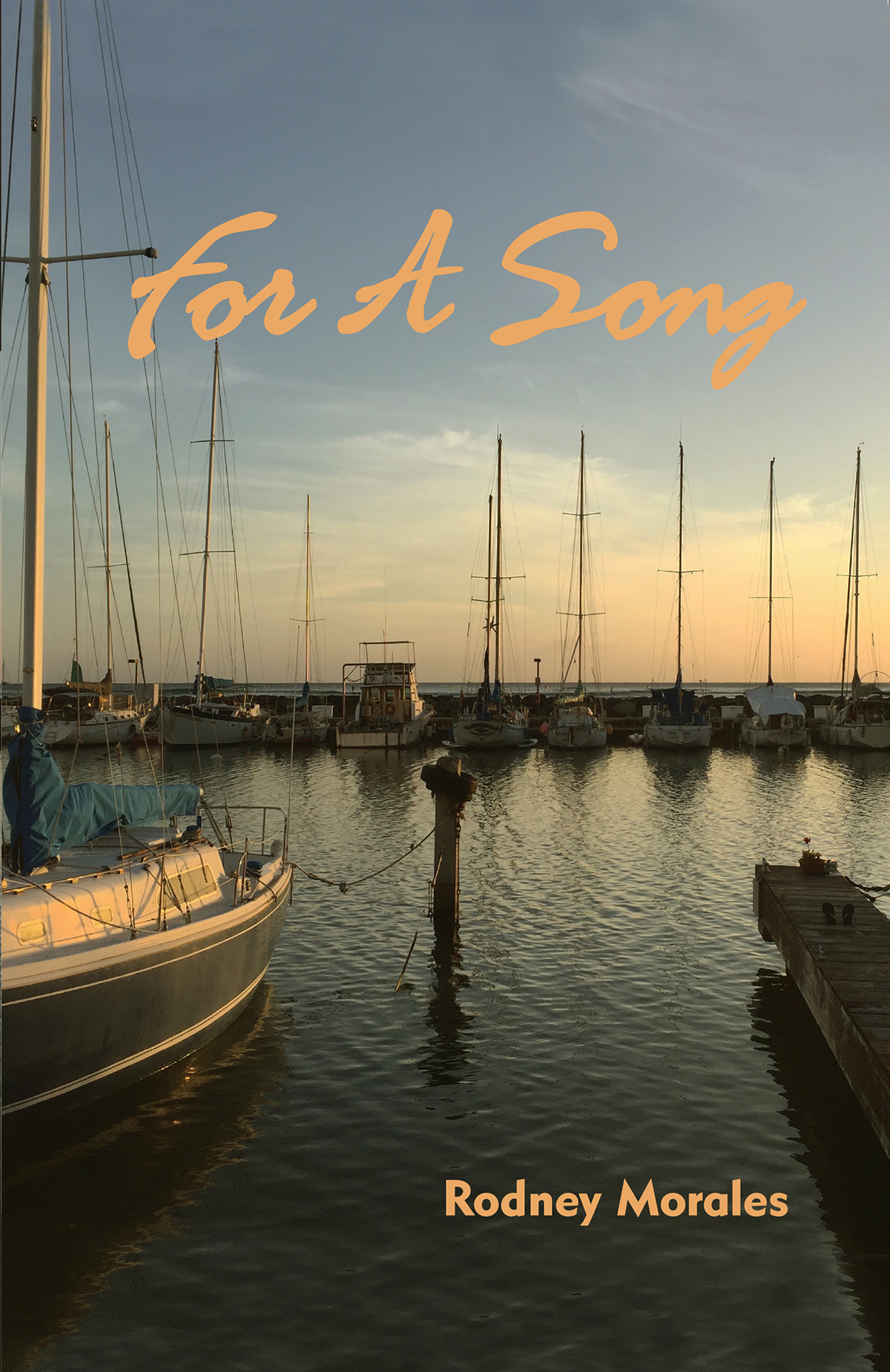

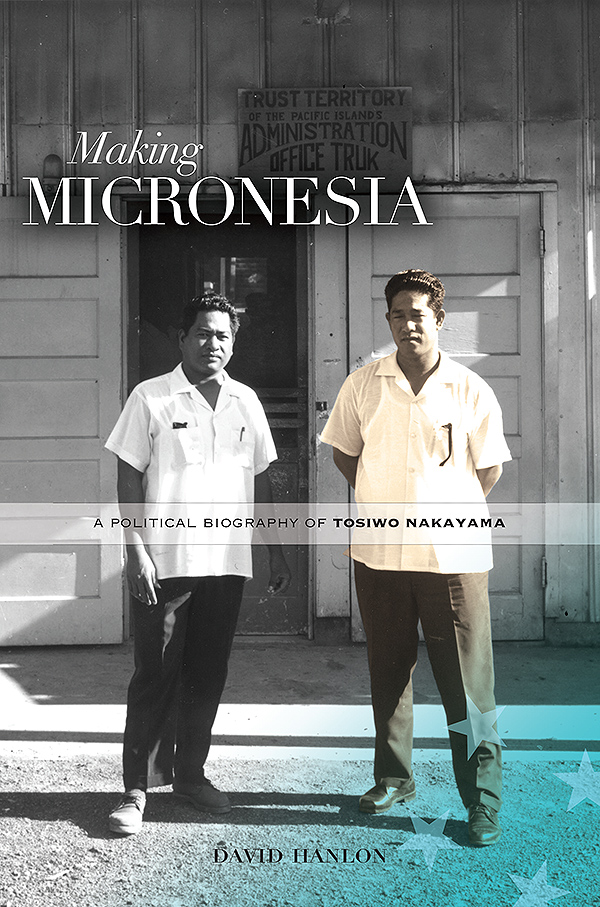
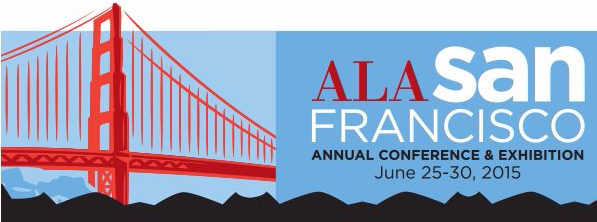 Visit us at booth 2302 for a discount on our titles!
Visit us at booth 2302 for a discount on our titles!
